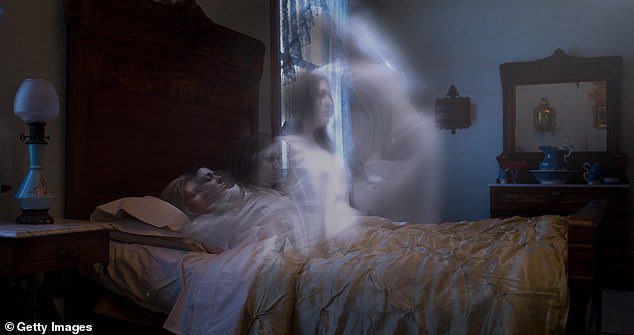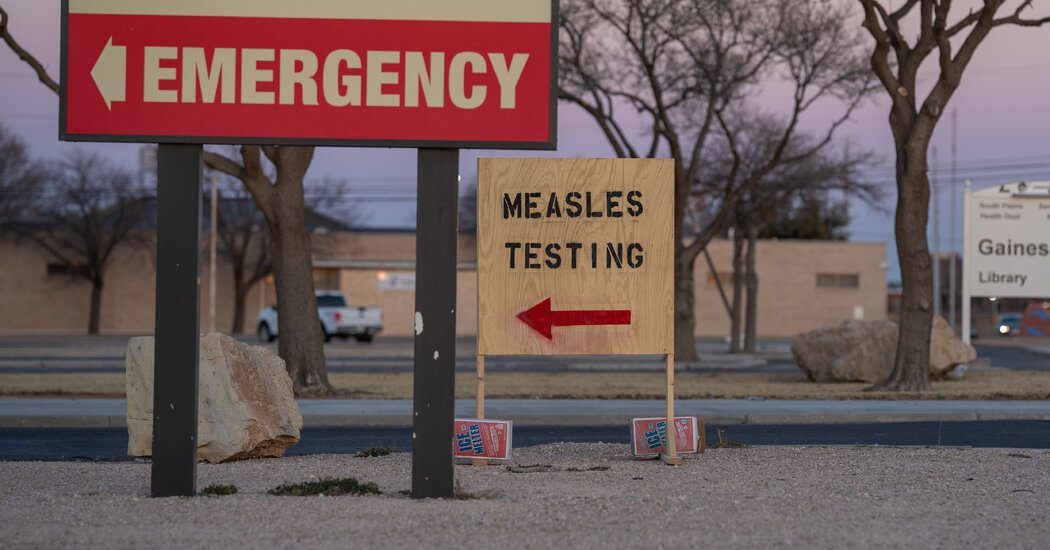
An intriguing phenomenon observed in the brain during the dying process may indicate the soul’s departure from the body, according to insights from an expert.
Dr. Stuart Hameroff, an anesthesiologist and professor at the University of Arizona, recently addressed findings from a study that monitored brain activity in patients just before their clinical death.
He explained that researchers attached small sensors to the heads of seven terminally ill patients shortly before they were taken off life support. This setup captured brain activity after each patient’s blood pressure and heart function ceased.
In an interview with Jay Anderson on the YouTube channel Project Unity, Dr. Hameroff shared that the researchers observed a significant burst of electrical activity during this critical moment.
He suggested that this phenomenon could represent either a near-death experience or potentially the soul departing from the physical form.
Dr. Hameroff posits that consciousness arises from deeper quantum processes occurring within microtubules—tiny structures found in brain cells—rather than from the larger electrical signals that link neurons.
This understanding might clarify why individuals maintain some level of awareness even in low-energy brain states, such as during anesthesia, deep sleep, or near-death experiences.
The study’s researchers proposed that the bursts of activity observed could be the brain’s response to a lack of oxygen.

A recent study analyzed the brain activity of patients removed from life support, revealing a spike in activity despite a flatline in heart rate and blood pressure.
In a documentary on The Science Channel titled Through the Wormhole, Dr. Hameroff elaborated, “When the heart stops and the blood circulation halts, the microtubules in the brain lose their quantum state.
‘However, the quantum information contained within those microtubules isn’t annihilated; it merely disperses into the broader universe. If a patient is resuscitated, this quantum data may re-enter the microtubules, leading the individual to report a near-death experience. If the patient does not regain consciousness, it is conceivable that this quantum information might persist beyond the body, perhaps indefinitely, as a form of soul.’
Despite these theories, the predominant view in the scientific community regards consciousness as a result of complex interactions within the brain—stemming from the intricate neural networks that facilitate information processing and create individual experiences.
The study referenced by Dr. Hameroff was conducted in 2009 by researchers from George Washington University, focusing on the level of consciousness at life’s end in critically ill patients.
The research documented a series of seven patients who were neurologically sound prior to the decision to terminate care due to serious underlying health issues. The subjects ranged in age from 34 to 74 and included two men and five women.
An electroencephalogram (EEG) was performed on each patient as preparations were made to withdraw life support.

Dr. Stuart Hameroff, anesthesiologist and professor at the University of Arizona, recently discussed the study, proposing that the recorded burst of activity may represent the soul leaving the body.
After the patients’ EEG readings flattened, indicating death, the equipment was deactivated. The data revealed a surge of brain activity that occurred from one to twenty minutes following this moment.
Dr. Hameroff shared with The Project Unity that in one case, after a patient’s heart stopped, a notable spike of high-frequency brain activity, termed gamma synchrony, was recorded lasting between 30 to 90 seconds, followed by a complete cessation of activity.
Gamma synchrony relates to brain wave patterns associated with conscious thought, awareness, and perception—indicative of cognitive processing.
This suggests that even after the heart ceased functioning, the brain exhibited brief indicators connected to consciousness or awareness.
“The scientists propose that this post-cardiac death brain activity may correlate with experiences reported during near-death or out-of-body events,” he noted, although he emphasized that the patients ultimately passed away, so no conclusive evidence of such experiences exists.
Researchers proposed two primary hypotheses to explain the recorded EEG activity. The first considered the possibility of electrical interference affecting sensor readings. However, as these observations were captured on two different monitoring devices employing varying methodologies, the likelihood of interference remained low.
The second hypothesis suggested that the surge of activity may have been triggered by a depletion of oxygen in the brain.
“As the brain approaches critical hypoxia, the loss of electrical signals in numerous neurons initiates a cascade of electrical activity,” the study asserts.
The researchers speculated this may account for the vivid memories and images often recounted by patients who undergo cardiac arrest and are subsequently revived.
“We propose this as a possible explanation for the clarity reported by many individuals during out-of-body experiences that follow a near-death situation,” they concluded.
Ultimately, the research team remarked, “In our critical care practice, we often interact with grieving families. We have observed that the notion of ‘something’ occurring at the moment of death provides comfort to these families.”









